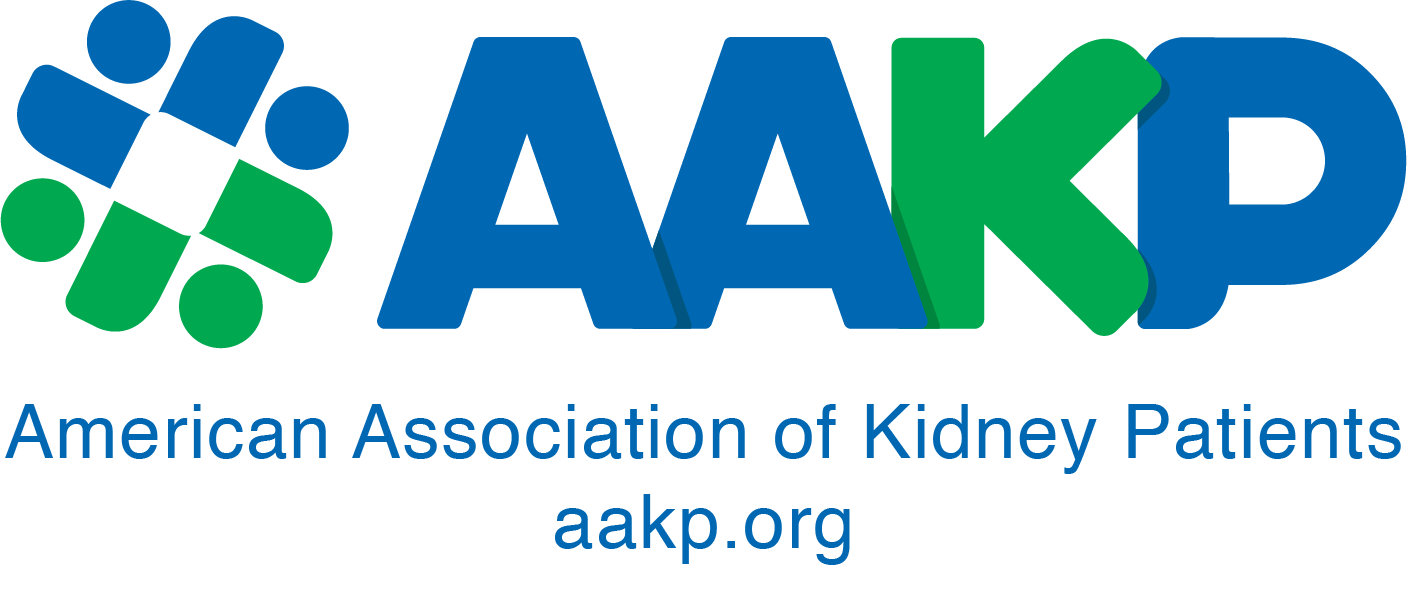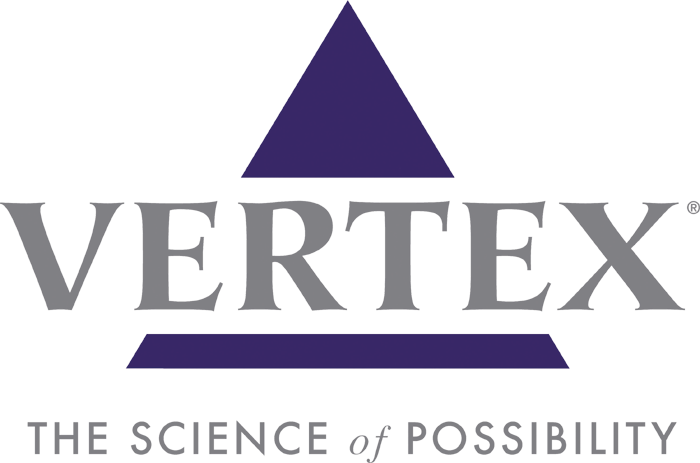What runs through a patient’s mind when their doctor just diagnosed them with renal failure or that their already reduced kidney function has worsened? “Will I live?” “What life changes are coming my way?” “Will I have a normal lifestyle with renal failure?” These are just a few of the most commonly asked questions from patients. Nonetheless, each faces a decision on choosing a type of treatment that will substitute their normal kidney function and best suit their lifestyle.
As a home therapy nurse at a South Texas dialysis clinic, one of my duties is to educate the community on treatment options available in our area. Different modalities such as in-center hemodialysis, home hemodialysis (HHD), peritoneal dialysis (PD) and kidney transplantation are introduced and explained to patients at monthly treatment option classes. Treatment option classes are a great way to find out information on what dialysis therapies are available in your area as home dialysis therapies such as PD and HHD may not be available in every location across the U.S.
Peritoneal dialysis (PD) is the perfect option for those patients who prefer to do dialysis treatments in the comfort and privacy of their own home. As an overview, PD uses your own peritoneum – a natural membrane that covers the abdominal organs and lines the abdominal wall. This membrane acts as a filter. The peritoneum is a porous membrane that allows toxins and fluid to be filtered from the blood. There are two types of PD options:
• Continuous ambulatory peritoneal dialysis (CAPD) – CAPD does not require a machine. It can be done in any place that is clean and well lit. The only equipment you need is a bag full of dialysate fluid and the plastic tubing that comes attached to the bag. As the word ambulatory suggests, you can walk around with the dialysis solution in your abdomen. CAPD is performed manually and can be done almost anywhere.
• Continuous cycling peritoneal dialysis (CCPD) – This other form of PD requires a machine, called a cycler. This treatment is done at home with your catheter connected to the cycler machine. The machine automatically controls the timing of exchanges, drains the used solution and fills the peritoneal cavity with new solution. The machines are easy to operate and have built-in safety devices. They are portable and about the size of a small suitcase. They can be used wherever there is an electricity supply.
Implant Surgery & Recovery
Once a patient and physician have decided that PD is the best option for them, a referral to a local surgeon is made for evaluation of the PD catheter implantation. In order to perform this treatment, a permanent PD access to the peritoneal cavity must be created. This requires a surgical procedure to insert a small, soft tube, known as a catheter. Usually, this is an outpatient procedure that includes local anesthesia and an intravenous (IV) sedative. A sterile dressing will remain in place for about five to seven days with the complete healing process taking approximately two to three weeks. The patient is asked to keep the dressing and surgical site dry and covered for at least two days after surgery. New PD catheters are generally ready for use right after surgery or a few days after the procedure, depending on surgeon’s orders and how the healing process is coming along. The first surgical dressing change is done by a PD nurse at the dialysis clinic where the patient will be trained on this home therapy. During this time, the PD nurse will educate the patient and family members on daily proper PD catheter and exit site care.
Training Process
The next step after having the implantation surgery is to become trained on the process of PD. Training typically begins a few days after surgery at a local dialysis clinic. During the training process, family members are encouraged to be part of the patient training. It is the “family effort” that empowers patient motivation and the “will” needed for a successful therapy.
Depending on the patient’s ability to understand the PD process and level of confidence to perform the proper steps at home, training days can range from six to 15 days, four to six hours per day. Most often, CAPD is first taught to patient/family members before CCPD is introduced (should the patient wish to switch to the PD cycler option at a later date). Training is based on using different techniques and strategies such as viewing videos, practicing on PD catheter mannequins by using reverse demonstration, reading material based on renal failure and complications associated with this disease process, and even meeting other PD patients willing to share their personal experiences. A home visit is required and conducted by a PD nurse and social worker during the training process.
Going Back to Work
Depending on a patient’s situation and discussions with their physician, many PD patients can and do go back to work. Home dialysis methods have made the transition back to the work place a simple process.
CCPD is typically done throughout the night which makes returning to work very easy; however CAPD can be done at the workplace. The most important thing to remember with CAPD is that the location the PD process is done must be very clean. A face mask is also recommended to reduce the risk of infection to the catheter site. A PD nurse or social worker is the best resource to help you formulate a plan and schedule to dialyize at work.
Remember! A team effort is the key to successfully training and educating patients about this home dialysis therapy. The dialysis center’s clinical manager, social worker, dietitian and PD nurse work in a united approach to ensure the patient feels at ease and confident in tackling this daily task! For more information on peritoneal dialysis and if it’s right for you, visit the American Association of Kidney Patients’ website at www.aakp.org/brochures to download Understanding Your Peritoneal Dialysis Options.
Federico Arenas is a registered nurse and Home PD Coordinator with Fresenius Medical Care NA in Laredo, Texas. He has been a registered nurse for more than nine years and became a hemodialysis nurse in October 2005 and a Peritoneal Dialysis nurse in 2007.
This article originally appeared in the November 2010 issue of At Home with AAKP.























